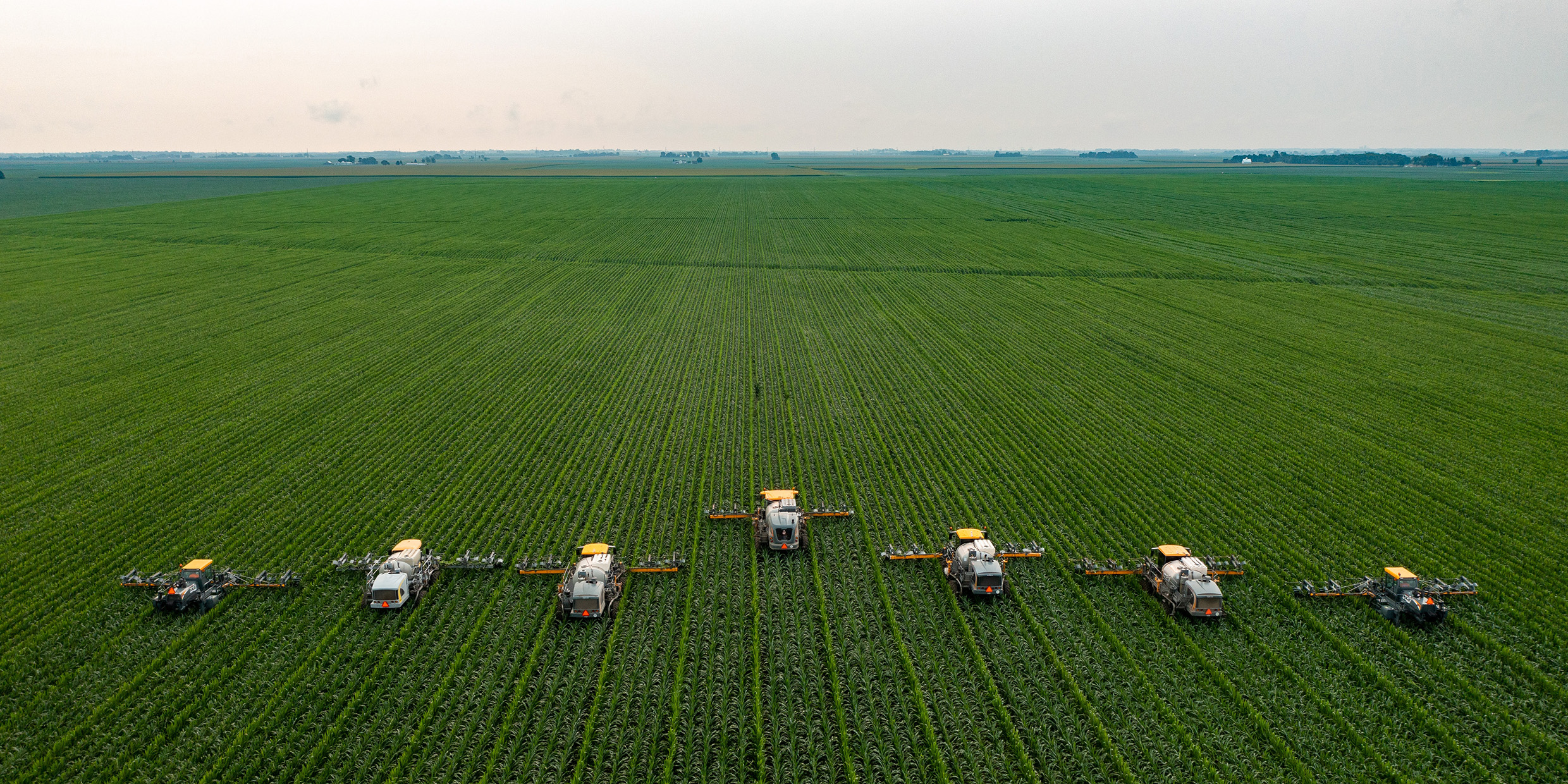Originally published 24 October 2004
We don’t hear much about genetically-modified (GM) food in the United States. Farmers produce it, massively. Consumers eat it without complaint. The big agribusiness corporations salt away the profits.
In Europe, it’s another story. GM foods are fiercely resisted by consumers. The media are full of stories about possible threats of GM food for human health and the environment. The letters columns of newspapers are full of passionate opinions pro and con.
In general, the battle lines are drawn between the agribusiness giants and their political allies, on the one hand, and environmental organizations and frightened consumers, on the other.
However, European scientists seem to have about the same degree of skeptical, wait-and-see realism as their counterparts in America. Let’s do the research, they say. Maybe GM agriculture holds promise for humankind; maybe it doesn’t.
But just try a field test of GM crops anywhere in Europe and an army of protesters, as likely as not dressed in propagandistic decontamination suits, will show up to trash the plants. So much for the scientific method.
Now don’t get me wrong, I’m no big fan of genetically engineered food. I buy most of my produce in the organic sections of the supermarket, and I’m willing to pay premium prices for it. I believe our approach to GM crops and animals should be one of rigorous testing and strict governmental control, preferably at the hands of people with no ax to grind one way or the other.
I also know that most people in the world don’t have the luxury of eating organic. They must eat whatever food they can get, and a lot of them don’t get nearly enough. GM food will not solve the problem of malnutrition in the developing world, but it may be part of the solution.
Crops modified for salt tolerance and drought resistance, for example, might help people in the developing world feed themselves, rather than spending scarce national resources buying surplus food from the rich nations.
It is also possible that GM agriculture can be an ecological blessing. When 4 million small-scale cotton farmers in China switched to insect-resistant GM cotton, yields went up while pesticide use went down. Fewer farm workers died from pesticide poisoning.
Let’s face it, all intensive agriculture, even of the conventional kind, is bad for the environment.
For the past thirty years I have spent my summers in a farming community in the west of Ireland. Thirty years ago my neighbors were producing food pretty much the way their ancestors had done for centuries: rotating crops and animals among a patchwork of tiny fields, weeding by hand, making hay with rakes and pitchforks.
It was an attractive life — to us affluent outsiders — and wildlife flourished in the weedy fields and hedgerows. But it was a poor sort of life for the farmers, and their children were forced to immigrate to England, America, or Australia looking for work.
Today, the hedgerows have been ripped out and big new fields are planted with a single conventional crop, harvested mechanically. Herbicides keep down weeds. The fertility of the soil is maintained with artificial fertilizers.
The farming community is more prosperous, and the children stay home. But the songbirds, bees, and butterflies are in decline, along with hedgehogs, badgers, foxes, and slugs. The streams are fouled with nitrates.
So where are the protesters in places like the west of Ireland? Who will tell the farmers that they must go back to their old labor-intensive ways of farming?
If GM crops can lessen our dependence upon the chemical pesticides and artificial fertilizers with which we now poison the land, I’m all for them.
What’s required is something between America’s uncritical compliance with the vested interests of the big agribusiness corporations — which so far have done little for the developing world or the environment — and Europe’s knee-jerk rejection of anything and everything that bears the GM label.
Human population will continue to grow for at least another fifty years. It would be nice if all of those extra people had enough nourishing food to eat, produced with minimal disruption of the environment. If rigorously-tested GM foods can help achieve that end, I say give them a chance.



